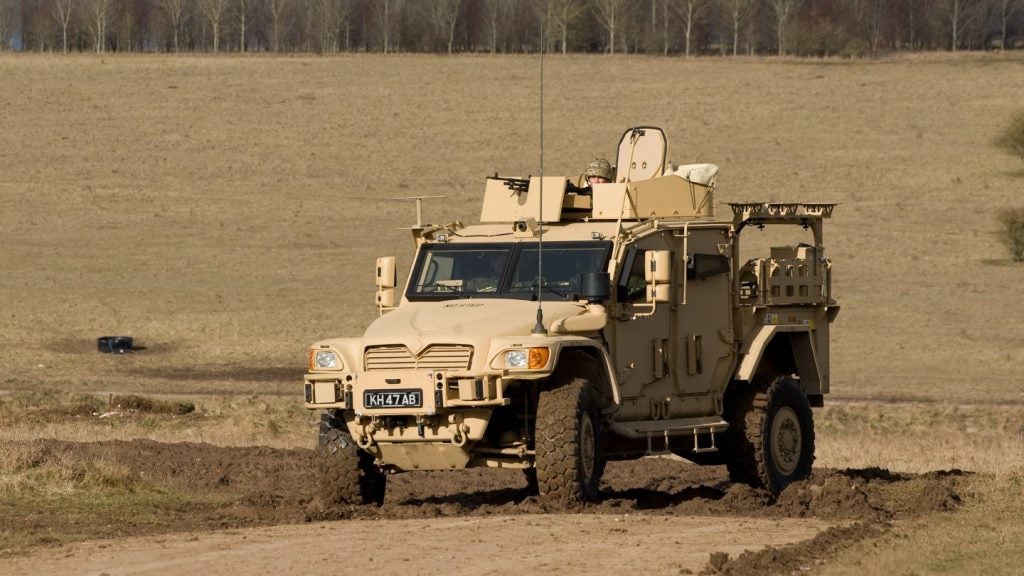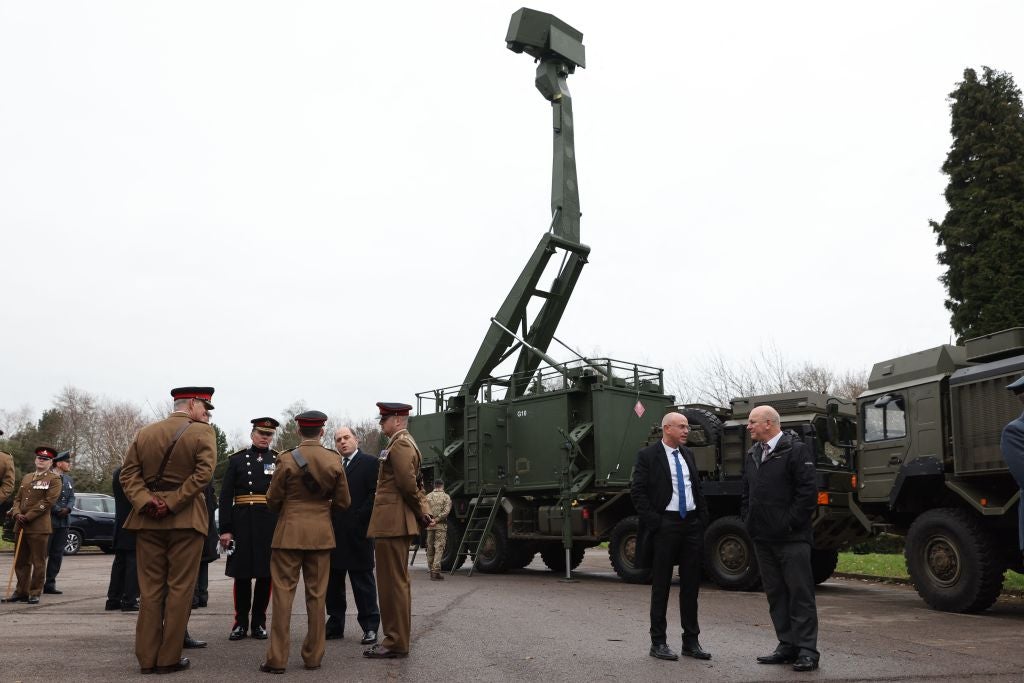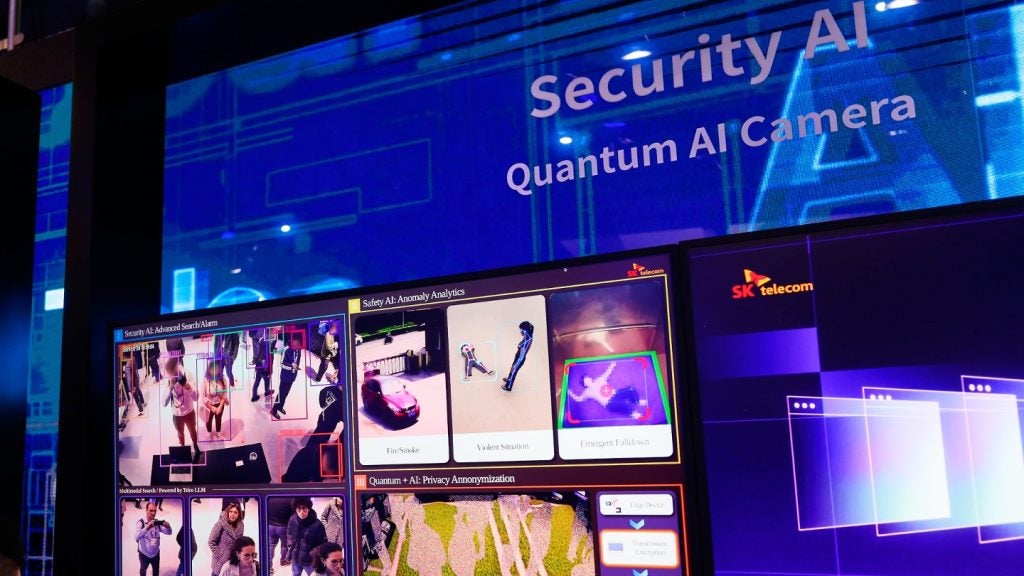
Clean, high-quality, portable power which is flexible, lightweight and reliable – this is the requirement of armies the world over. The demand to combine maximum adaptability with high power is leading to power junkies promoting fuel cell technology around the globe. For the military it is not just about being green, instead, fuel cells offer the chance to revolutionise the battlefield.
The potential benefits offered by fuel cell technology are being increasingly reflected in defence budgeting. As part of an ongoing programme that began back in 1997, the US army recently signed a $91m contract with DRS Technologies to manufacture more than 5,000 tactical quiet generators (TQG) in 3kW, 5kW, 10kW, 15kW and 100kW power output sizes. By the end of 2009, DRS will deliver in excess of 30,000 TQG units.
This not only represents an ongoing commitment the US Army's communications electronic command (CECOM) to source rugged and reliable portable sources of electrical power, it also highlights the benefits that such modular, portable power sources can bring to the battlefield. These include reductions in the cost of battlefield logistics, increased deployment flexibility and most crucially advantage over enemy forces.
Harnessing the power
It was after the early 1960s that fuel cell technology took a giant leap forward when Nasa became instrumental in its development during research using hydrogen in its space shuttles. Today's cells can use a range of fuels – from methane, biogases and methanol to other renewable hydrocarbons. Fuel cells are also available for power generation ranging from just 1kW right up to massive multi-megawatt systems.
See Also:
The power units come in many different guises and are usually named after the electrolyte that they use, for example, solid oxide or molten carbonate. Each fuel cell also has distinct characteristics, chiefly due to differences of materials and operating temperatures. What they all share in common, however, is the potential for high electrical efficiency and reduced emissions.
How well do you really know your competitors?
Access the most comprehensive Company Profiles on the market, powered by GlobalData. Save hours of research. Gain competitive edge.

Thank you!
Your download email will arrive shortly
Not ready to buy yet? Download a free sample
We are confident about the unique quality of our Company Profiles. However, we want you to make the most beneficial decision for your business, so we offer a free sample that you can download by submitting the below form
By GlobalDataIn a combat setting this can provide a major advantage. The more developed and sophisticated the average soldier's equipment is, the more acute the need for effective power solutions. Fuel cells also have two other attractive qualities – low noise and heat signatures – making operatives in the field less visible to enemy detection.
Unlike batteries, fuel cells can operate continuously as long as fuel cartridges are readily available. Typically, portable cells offer significant weight reduction, very high energy density and can give a continuous power supply without the need for battery recharge during active operations. This is mission critical in an environment where an ever-growing component of a soldier's load is taken up with primary and backup power sources for communications equipment, global positioning systems and computer gear.
Protonex is a manufacturer of compact, lightweight, high-performance fuel cells for portable power applications. In April 2008 the US Army signed a contract to take forward development of Protonex's Pulse M250 fuel cell system. It works using proton exchange membrane cells running on methanol fuel, capable of holding far more energy than batteries. Second phase development – funded by a contract for $3.65m – will see the 250W package further refined. Defence giant Raytheon is also involved and is tasked to ensure design optimisation and systems testing.
More recently Protonex announced its intention to move the M250 into the commercial vehicle market and unveiled its new M250-B fuel cell in December.
Using the same core technology as its military counterpart, it will be the first fuel-cell based power system to be introduced to the consumer market and is scheduled for launch in early 2009.
The UK Ministry of Defence has funded the 'portable power systems programme', bringing together some of the major players including ABSL, QinetiQ, Jadoo and Ultracell. Looking to deliver the next generation of portable power systems for the British army, it is anticipated that ten rugged power sources will be delivered for field trials during 2009.
One of these, the PPS15, will be a 7.2W average, 30W peak power source. With modification to the firmware it can also be configured as a 15W average power source suitable for use in the land warrior and other high power needs. UltraCell is providing the engine core (reformer and stack), with ABSL providing firmware input and military-specific ruggedisation. PPS15 is expected to offer a significant weight decrease over conventional batteries, waterproofing to IP67, immediate power output and ability to start in extreme temperatures up to -20°C.
Power potential of the future
The potential to unlock the power of fuel cells has massive implications, not just economical and environmental but also financial. There is a huge pot of gold waiting at the end of the rainbow for those companies that strike the right seam. It is the US that sinks more money into development than any other country but Japan is fairly close behind particularly in the automotive industry.
There are hundreds of companies looking to make a breakthrough and Germany's Smart Fuel Cell is just one of them. Together with US partner DuPont, it beat off competition from 169 other contenders to win the US Department of Defense's $1m Wearable Power Prize to develop a portable power pack for individual soldiers. The design brief was to come up with a solution that could be attached to combat webbing and provide an average 20W of power for 96 hours while also meeting a peak demand of 200W. Weighing less than 4kg, the M-25 methanol based cell still had plenty in the tank after the rigorous 96-hour test.
Alongside this funding programme, research grants are popping up around the world. QuantumSphere received just shy of a million dollars from the US government for a two-phase programme.
The first is up and running and will investigate the synthesis and electrochemistry of components for a 5W cell. The second phase will look at developing a 200W methanol reforming fuel cell to power electronic devices.
A development in Australia is looking to push the boundaries even further for the soldier of the future. Although it is not yet complete, the flexible integrated energy device is a vest designed to generate electricity by harvesting energy from body vibrations and the Australian Commonwealth Scientific and Research Organization is using A$4.4m to develop the idea.
Principal research scientist, Dr Adam Best, says the technology will be incorporated into a piece of clothing and comprise three core components: advanced, conductive fabrics as part of the battery, a vibration energy harvesting device and a rectifier / power management system to power electronic equipment. "This kind of technology has important applications for soldiers in the field and could mean they no longer need to carry heavy batteries," he says. "Essentially, they'll be wearing the battery, not carrying it."
It has been reported that over 70% of the tonnage required to position the US Army into battle is taken up by fuel. With more efficient weapons systems and equipment it is easy to see the benefits fuel cells could bring. The soldier of the future will rely not only technology to power life-saving equipment but also technology that offers silent operation and low heat signatures. And this, ultimately, is the true life-saving potential portable fuel cell power can offer.







